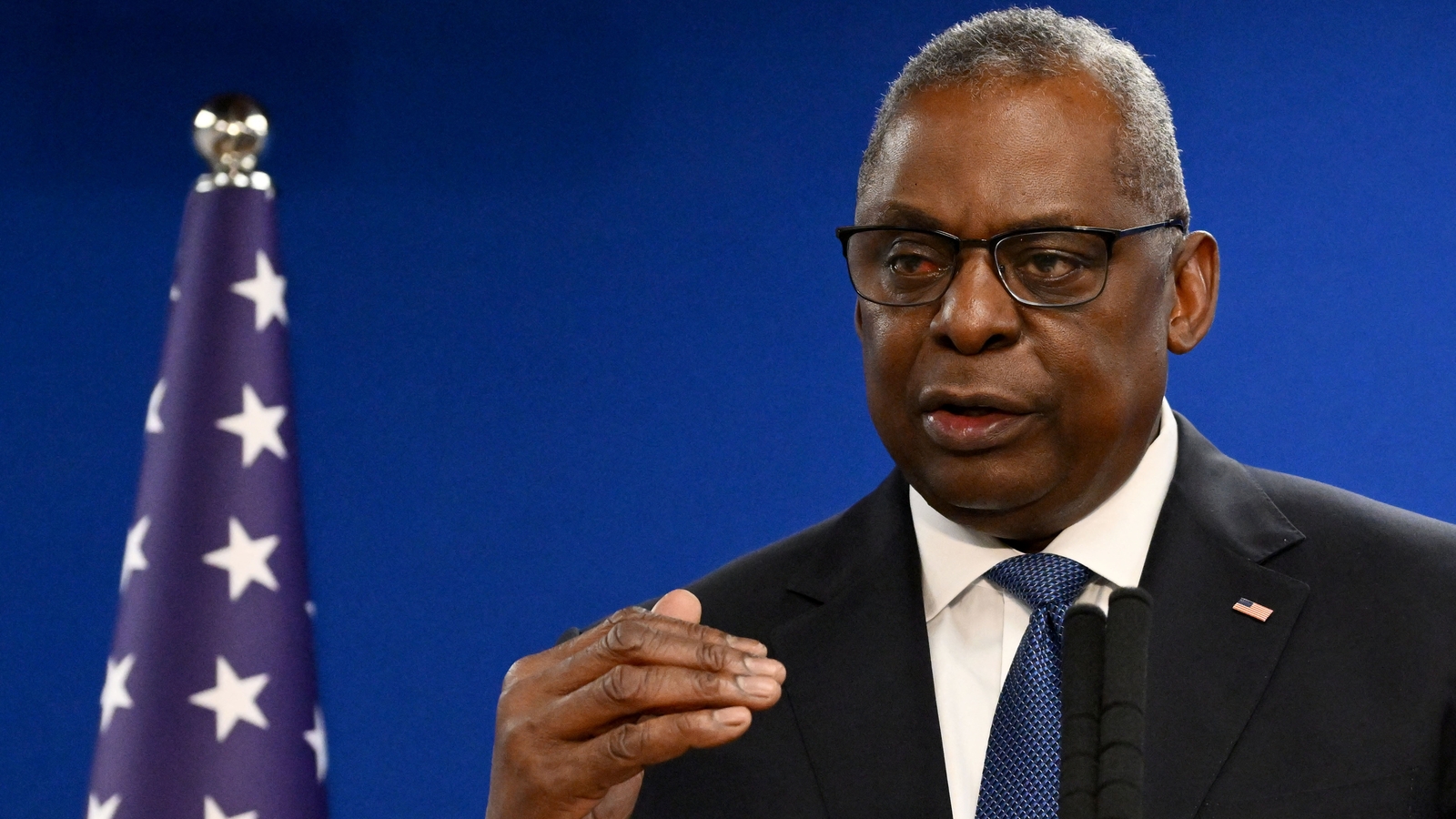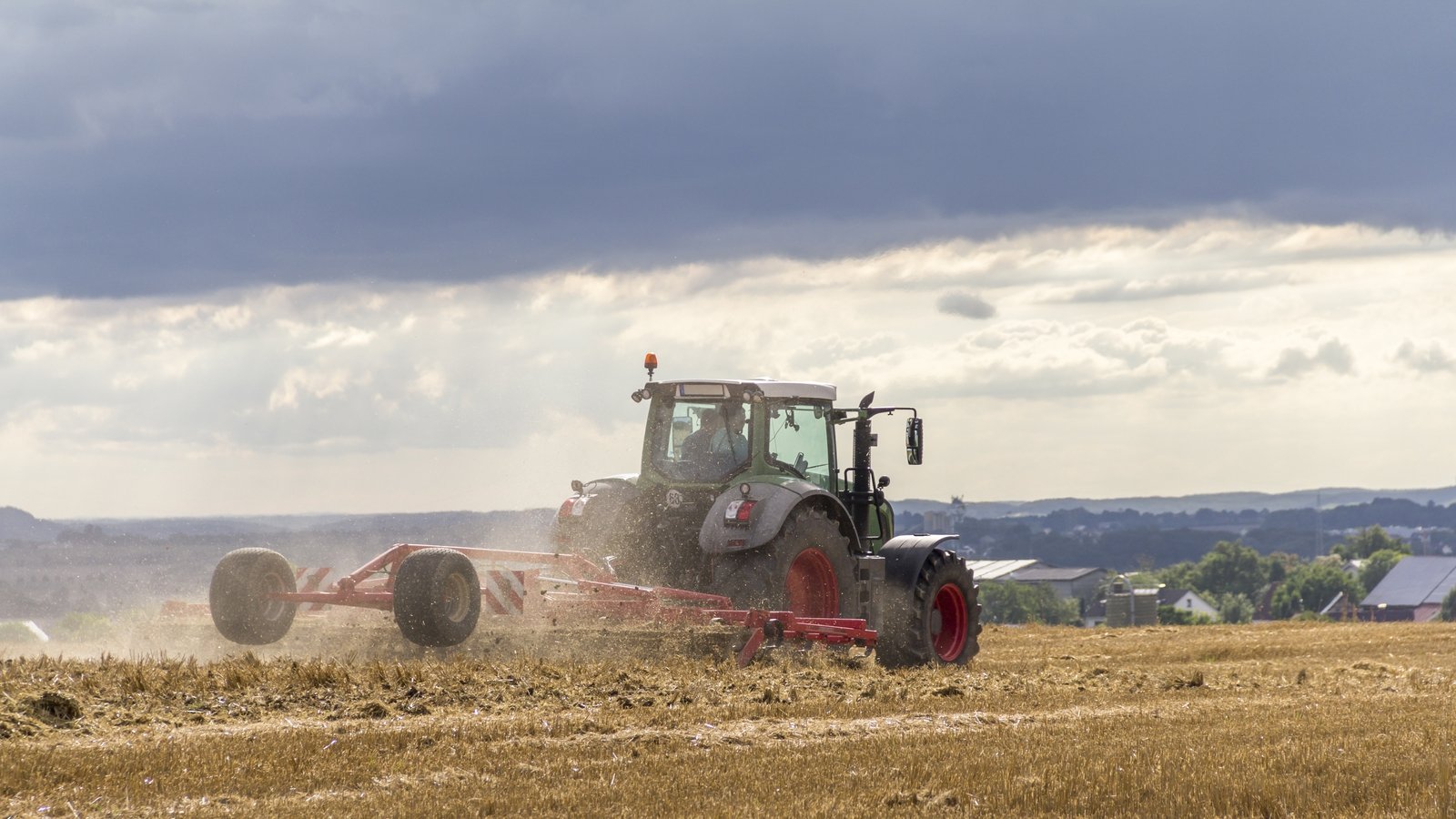Why thousands risk their lives crossing the Darién Gap
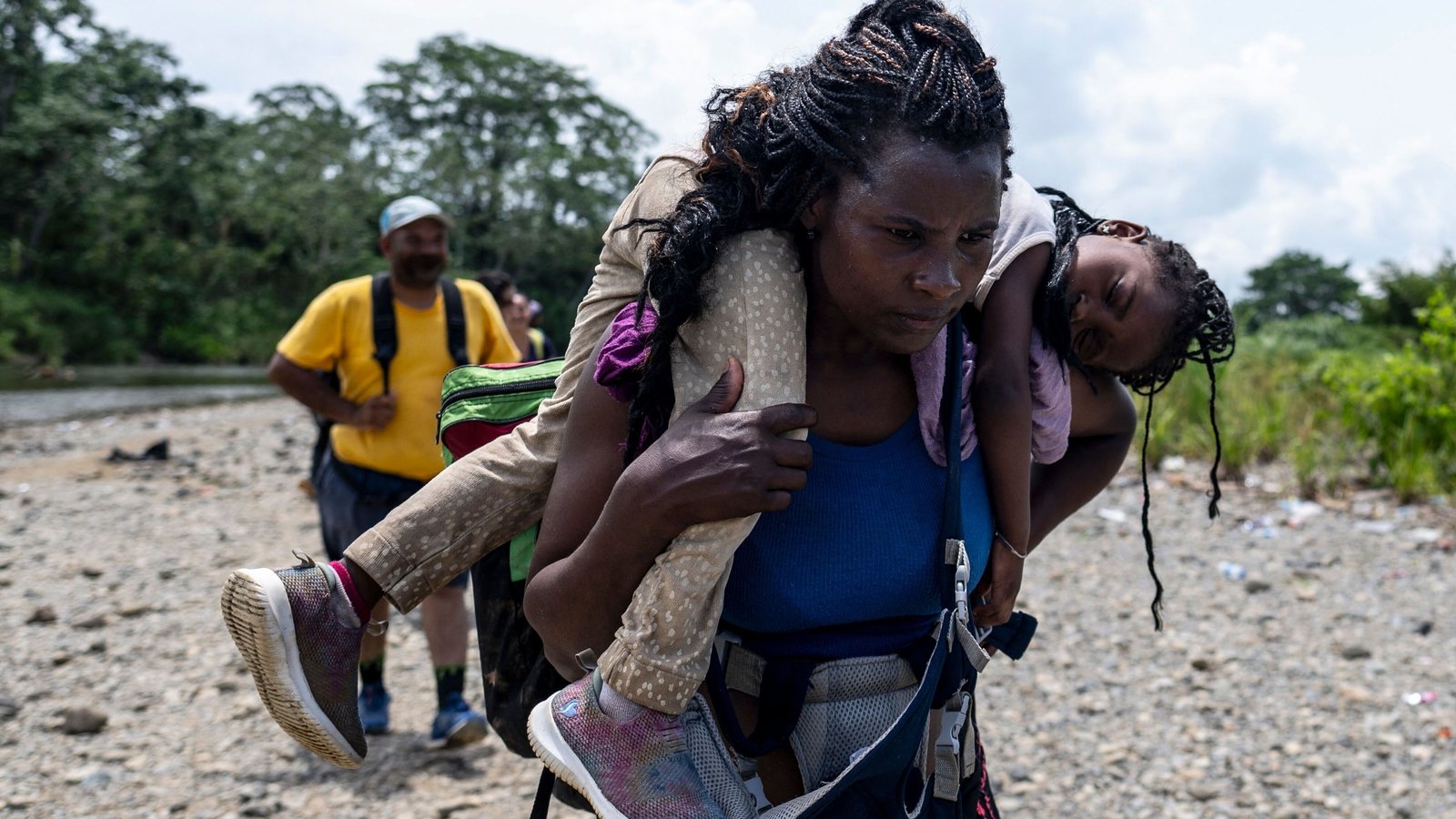
Silvia Gomez couldn’t hold back the tears as she described the sudden death of her husband, the journey she took on foot from Guatemala and the three young children she left behind.
“I’m doing this for them,” she told RTÉ News, as she scrolled through her phone for photographs of her daughters, who now live with their grandmother.
“My youngest turned six yesterday,” she said, wiping away tears.
Ms Gomez, 33, is one of the 600 migrants crammed into an overflowing shelter, called CAFEMIN in Mexico City, run by the Josephines Catholic order, with the support of UN agencies.
But she won’t be there for long. She wants to apply for asylum in the United States, if she can make it there.
“I’m trying to get to Los Angeles,” she told RTÉ News. She then plans to send for her children.
Frangely Sánchez Morales, who fled violence in Venezuela, is heading to America too, with dreams of becoming a beauty therapist.
On her trek through the Darién Gap, between Colombia and Panama, 18-year-old Frangely ran out of food.
Knowing that other people had died making the same journey, she was terrified.
“I was afraid I would starve,” she told RTÉ News.
Having survived the worst, she made it as far as the US border. But was sent back.
“I cried all day long,” she said.
“Some migrants cause trouble at the border and the rest of us pay for it,” she told RTÉ News when asked about the rising antipathy towards migrants in US politics.
She’s now waiting for an appointment with the US border authorities, so she can try again.
“I would like the opportunity to show what I can provide to the country,” she added.
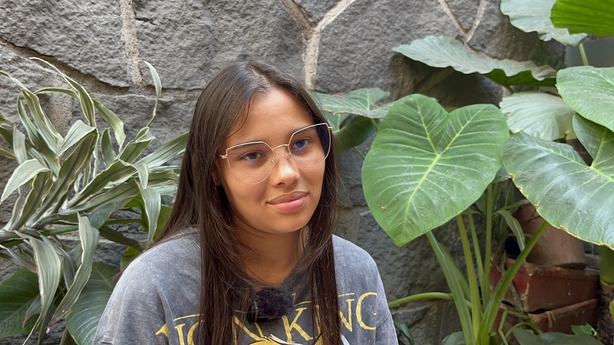
The issue of immigration promises to dominate the US presidential race as Donald Trump begins his third bid for the White House on a vow to close the southern border to what he calls “an invasion”.
Meanwhile, President Joe Biden’s emergency spending bill for Ukraine and Israel is being held up in US Congress, over Republican demands to beef up migration controls.
But the numbers suggest migrants remain undeterred.
Like Frangely, hundreds of thousands of people have trekked through the now notorious Darién Gap – the only land route from South to North America.
It’s a jungle between Colombia and Panama where migrants risk snakebites, starvation, robbery, sexual assault, trafficking and death.
But its well-documented perils have done little to undermine its popularity.
The UN reported that record numbers of migrants walked this route in 2023, as well as a sharp jump in the number of children on the move.
The Panama government put the number of migrants who traversed the Gap at more than 520,000 – the majority from Venezuela, Ecuador, Haiti and China.
Thousands of others hailed from as far away as Afghanistan and Africa.
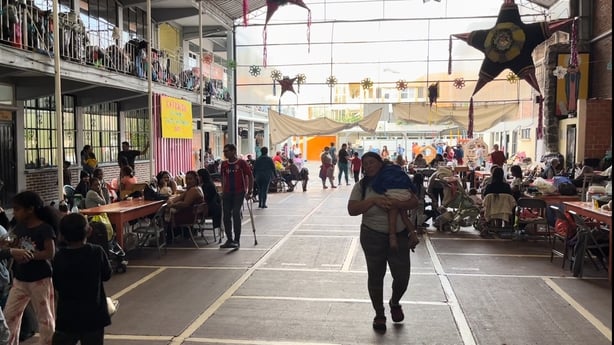
There were 1,500 applications for international protection from Afghan nationals in Mexico City alone, according to the UN’s Refugee Agency, known as UNHCR.
The agency operates in shelters like CAFEMIN, offering basic services as well as legal advice.
“Paralegals visit these places regularly to provide information on the asylum procedure in Mexico or to get to the US,” Alejandra Carrillo of UNHCR Mexico told RTÉ News.
“One of our priorities is for people to be informed so they can take the decision to either stay in Mexico and claim for asylum or to continue the journey to the US,” she said.
More people on the move means more profit for crime gangs and human smugglers.
So creating “safe migration” along legal pathways has been set as a priority for the International Organization for Migration (IOM) in Colombia, the entry point to the Darién, according to chief of mission, Fernando Medina.
But the support UN agencies give to migrants has led to accusations that the UN is actively encouraging migration in the region.
It’s an argument the UNHCR’s Mexico Representative Giovanni Lepri told RTÉ News that he had heard before, when he was posted to Greece, supporting migrants into Europe.
“This idea was very common – if you create something that is too good, you will attract more people,” he told RTÉ News.
“My experience tells me – you don’t need to ‘attract’ people,” he said. “The movement is already there.”
“People are moving, and they are moving because they are desperate,” Mr Lepri told RTÉ News.
People were being forced to leave their homes because of violence, persecution, economic factors and climate change, he said.
“The choice is when they move, will you receive them in a humane and solid way that gives them a second opportunity?” he said.
“Or you don’t do that, thinking it will accelerate the movement,” he said.
As the US presidential election hots up and the prospect of another Trump victory looms, UN agencies are bracing themselves for a more hostile political environment in the region.
“We recognise each country has the right to manage their borders and the way that they see most correct,” Dana Graber Ladek, Mexico chief at the IOM, told RTÉ News.
“But we really emphasise that this needs to be done in a humane manner that adheres to international standards,” she said.
It was unfortunate that, in election times, Ms Graber Ladek said, countries “use migrants as pawns to politicise migration in general and create more xenophobia and hate speech”.
She called on governments to “recognise the tremendous benefit” that migrants brought to countries of destination.
But appeals like this are unlikely to gain much traction among Republicans, where an anti-migration message resonates and President Biden’s policies are blamed.
The number of people crossing the border since his term began has jumped, according to figures from US Customs. In 2023, 2.5 million people are reported to have entered the US this way.
But the administration says that the numbers are merely a reflection of the rise in displaced people globally.
As the numbers of migrants rise, so do the number of protests in destination and transit countries.
As in Ireland, the CAFEMIN shelter in Mexico City has experienced opposition from locals.
People don’t want to accept the reality that society is changing, Sister Magda. who runs CAFEMIN, said.

“Last year we provided assistance to 8,000 refugees and migrants of 26 different nationalities,” she told RTÉ News.
She said she was worried by the rise in xenophobia she had witnessed in Mexico, especially among people from better socio-economic backgrounds who reject the presence of migrants and refugees.
“They say they are afraid of them, that it’s not good for the neighbourhood,” she said, adding that it was important to maintain permanent dialogue with the local community.
Like in Ireland too, single male migrants face the most opposition.
David Alberto Portillo arrived in Mexico as an unaccompanied minor. He tried to get into the US nine times, but each time he was sent back.
Resigned to his fate, he got a job as a cook in the CAFEMIN shelter, training in baking, catering, and learning how to make Chinese food.
“I’m happy here,” he said. But he acknowledged that people have prejudices against men.
“They think we have a bad reputation,” he said. “I’m just looking for a better quality of life for my family.”



